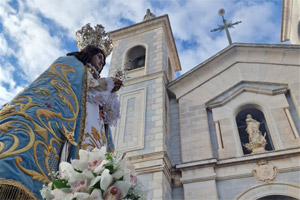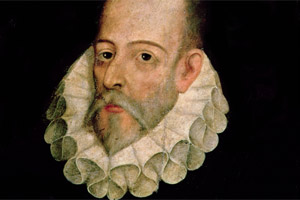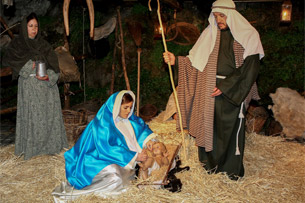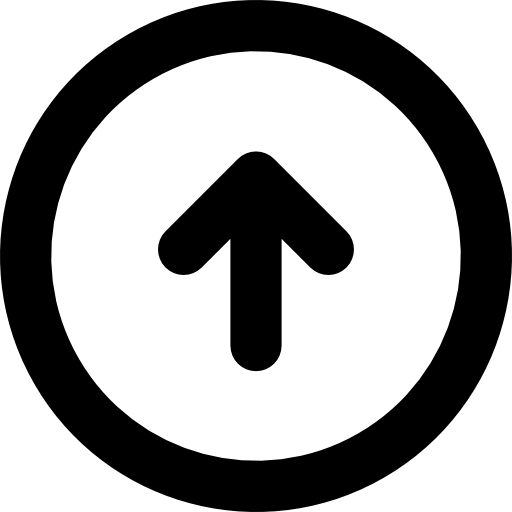Santander's Baños de Ola (Ocean Baths)
What are the "Baños de Ola"?
Every year, Santander immerses itself in a rooted summer tradition. The famous 'Baños de Ola' (Ocean Baths), which gained popularity in the 19th century among the aristocracy and upper bourgeoisie, marked the beginning of summer tourism in the city.
It was believed that seawater was beneficial for treating asthma, depression, circulatory problems, strengthening bones, and reducing fever caused by diseases like typhus and pneumonia, which were fatal at that time.
Thanks to its location facing the Cantabrian Sea, Santander quickly attracted the attention of aristocrats and bourgeoisie who started flocking to the city during the summer to enjoy the 'Baños de Ola' recommended by doctors.
This event, recognized as a regional tourist festival since 2003, primarily takes place in the Jardines de Piquío and the Primera Playa de El Sardinero. These venues become the epicenter of this celebration, offering a rich program of activities for all audiences.
Origin and History
In the 19th century, Santander became the first city to advertise in newspapers the sea baths, also known as 'Baños de Ola' or wave baths. El Sardinero became the first Spanish beach attracting visitors from Madrid and inland cities, especially the affluent classes who could afford it. At that time, there was no railway, so people arrived by stagecoach during the summer.
Queen Isabel II initiated this trend, following the advice of doctors who saw therapeutic benefits in seawater. The queen, who suffered from a skin condition, started by visiting Barcelona and then San Sebastián, but it was in Santander where the trend finally took hold.
Back then, few people knew how to swim, so a rope with an anchor was used. Bathers would hold onto the rope while immersing themselves in the water to receive the invigorating impact of the waves. As a precaution, a boat with trained personnel was nearby in case someone let go. The person responsible for the rope on the shore was called the "maromo," a term that has acquired a different meaning in our language over time.
What to See in Santander
Santander, located on the northern coast of Spain, offers a wide variety of attractions to visit. Here are some recommendations:
- Palacio de la Magdalena: One of Santander's main symbols, this beautiful early 20th-century palace is situated on a peninsula overlooking the sea. It houses public spaces and gardens that can be explored.
- Beaches: Santander is renowned for its stunning beaches. Playa del Sardinero is one of the most famous and popular, with its golden sands and promenade. You can also visit other beaches like Playa de la Magdalena, Playa de Mataleñas, and Playa de El Camello.
- Catedral de Santander: The Cathedral of Nuestra Señora de la Asunción is an impressive Gothic church built in the 13th century. Its facade and interior are breathtaking and worth a visit.
- Centro Botín: This center for art and culture, designed by architect Renzo Piano, is a modern gem located in Santander's port area. It hosts contemporary art exhibitions and offers a wide range of cultural events.
- Paseo Pereda: A beautiful waterfront promenade that stretches along the bay of Santander. Here you'll find a variety of iconic buildings, such as Banco Santander and the City Hall.
- Mercado del Este: This traditional market is an ideal place to enjoy local gastronomy. You'll find stalls selling fresh products like fish, seafood, fruits, and vegetables.
- Museo Marítimo del Cantábrico: This museum is housed in the former building of the Santander Electric Power Company and offers a fascinating exhibition on the maritime history of the region.
- Jardines de Pereda: Charming gardens located near the city center, next to Paseo Pereda. Here you can relax and enjoy a pleasant walk surrounded by green areas and statues.
These are just some of the many things to see in Santander. The city also offers a vibrant cultural scene, lively nightlife, and delicious cuisine, so there's much more to discover and enjoy.
What to Eat in Santander
Santander is known for its rich gastronomy, especially dishes based on fresh fish and seafood. Here are some culinary delights to try during your visit:
- Rabas: Deep-fried squid rings, a typical dish of the region. They are usually served with aioli sauce and are a delight for seafood lovers.
- Maganos encebollados: Jibias or baby squid cooked with onions and other spices. This dish has a delicious flavor and is very popular in the area.
- Marmita cántabra: A traditional stew that combines fresh fish, such as bonito, with potatoes, peppers, onions, and tomatoes. It is a hearty and flavorful dish.
- Sobaos pasiegos: Traditional pastries from the region, similar to sponge cakes but with a denser texture and a unique flavor. They are perfect to accompany a coffee or tea.
- Quesada pasiega: Another traditional dessert from the area, similar to a cheesecake but with a creamier texture and delicate flavor. It's a delight not to be missed.
- Anchoas de Santoña: Although not originally from Santander, the anchovies from the nearby town of Santoña are famous throughout Spain. They are salt-cured and preserved in olive oil, offering an intense and delicious taste.
- Bonito del Norte: Bonito tuna is highly appreciated in the region and can be prepared in many different ways. You can try it grilled, marinated, or canned.
- Pixin al horno: A popular fish dish in the region, where monkfish is baked with garlic, parsley, and olive oil. The result is a juicy and flavorful fish.
Remember that the region is also known for its cheeses, such as queso de nata and queso de Cabrales, as well as its natural ciders. And don't forget to accompany your meal with a good local wine to complete the Cantabrian gastronomic experience.





